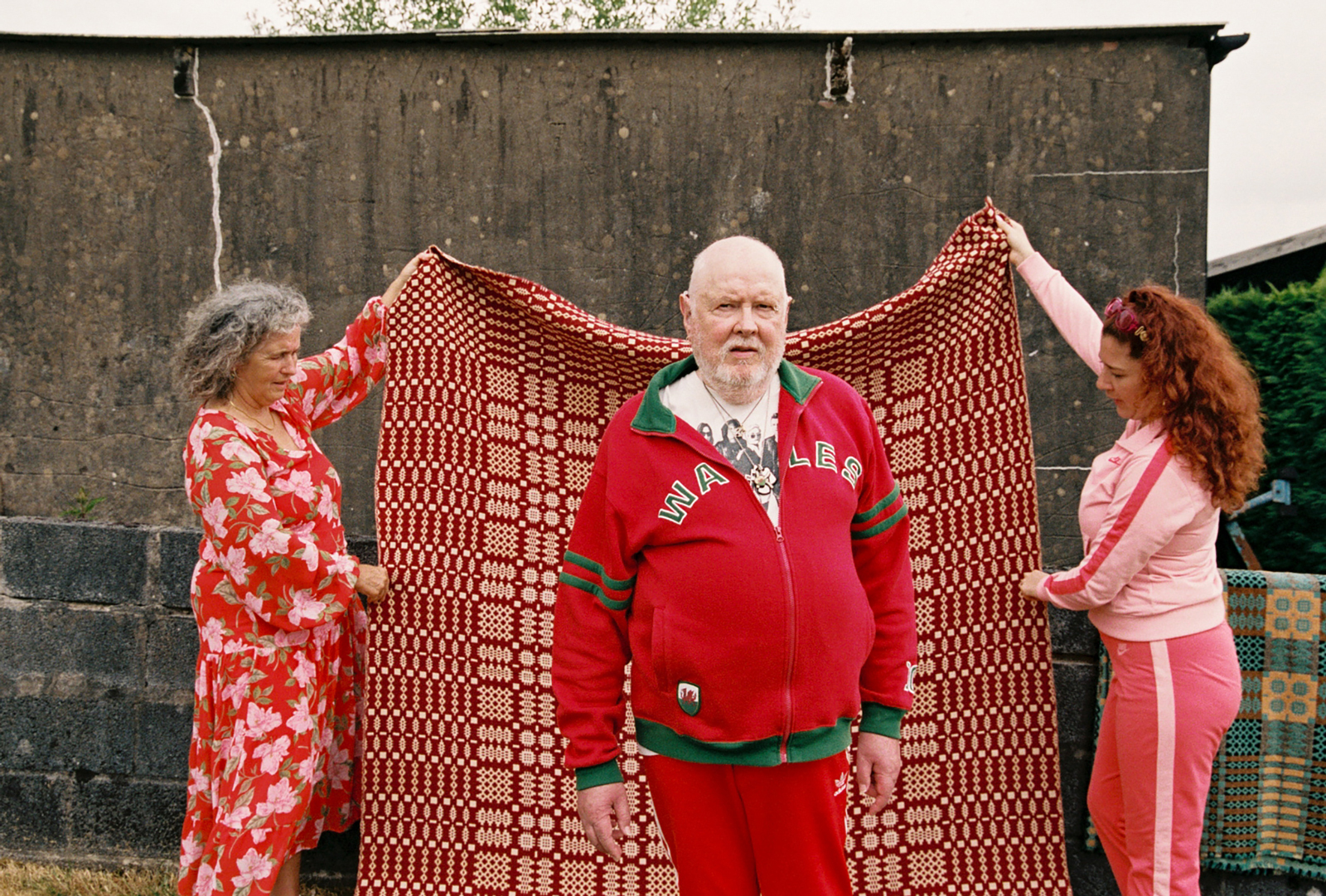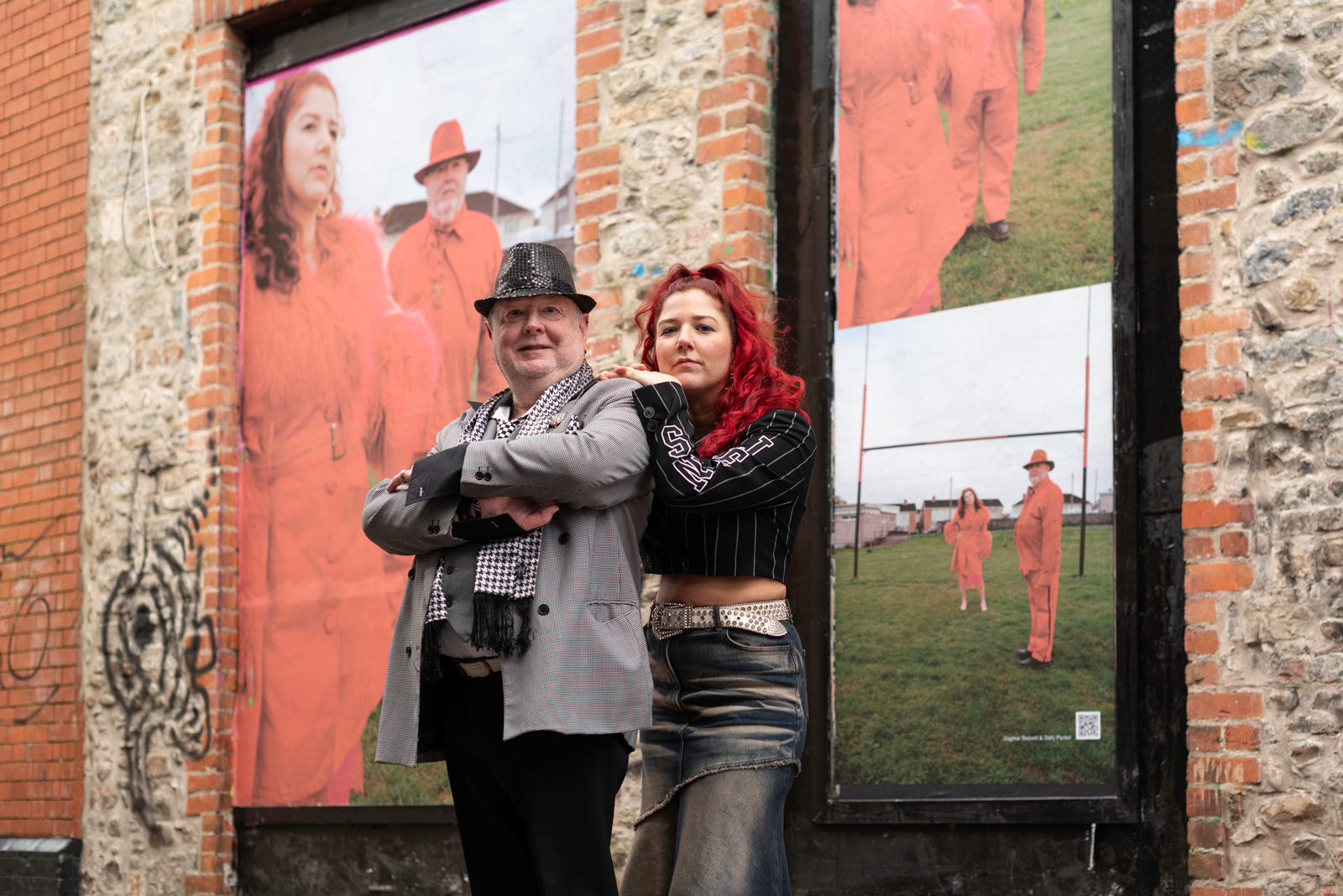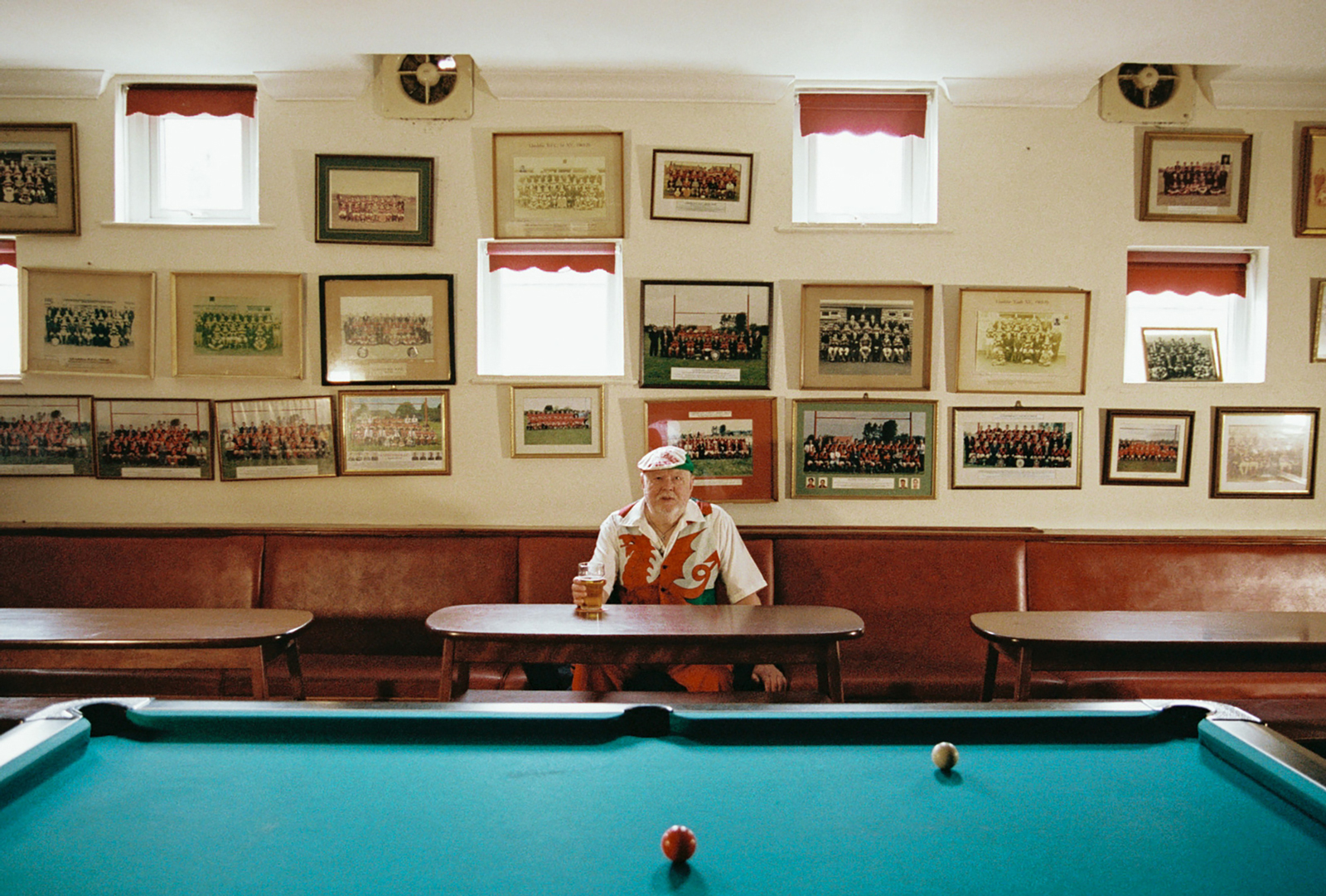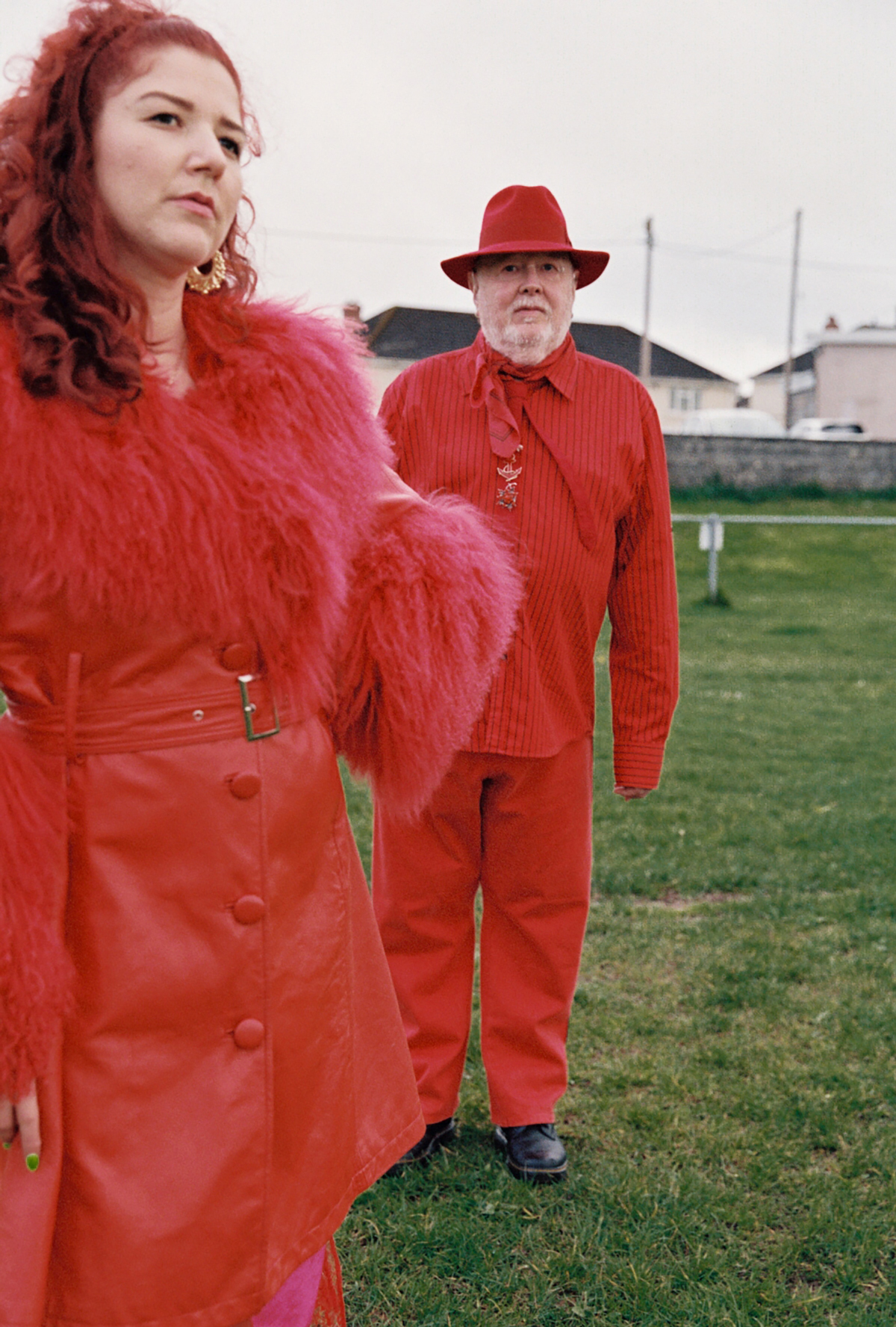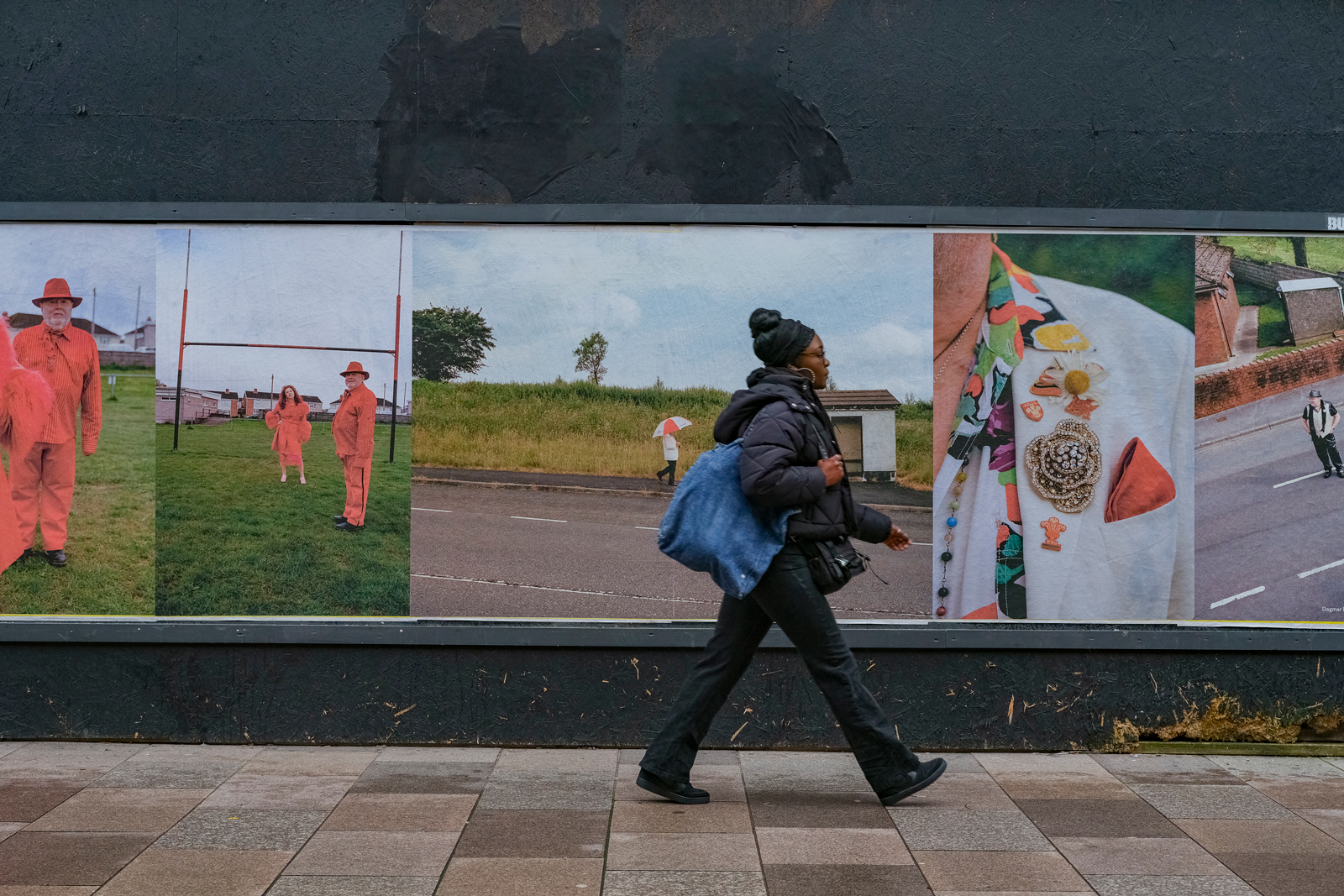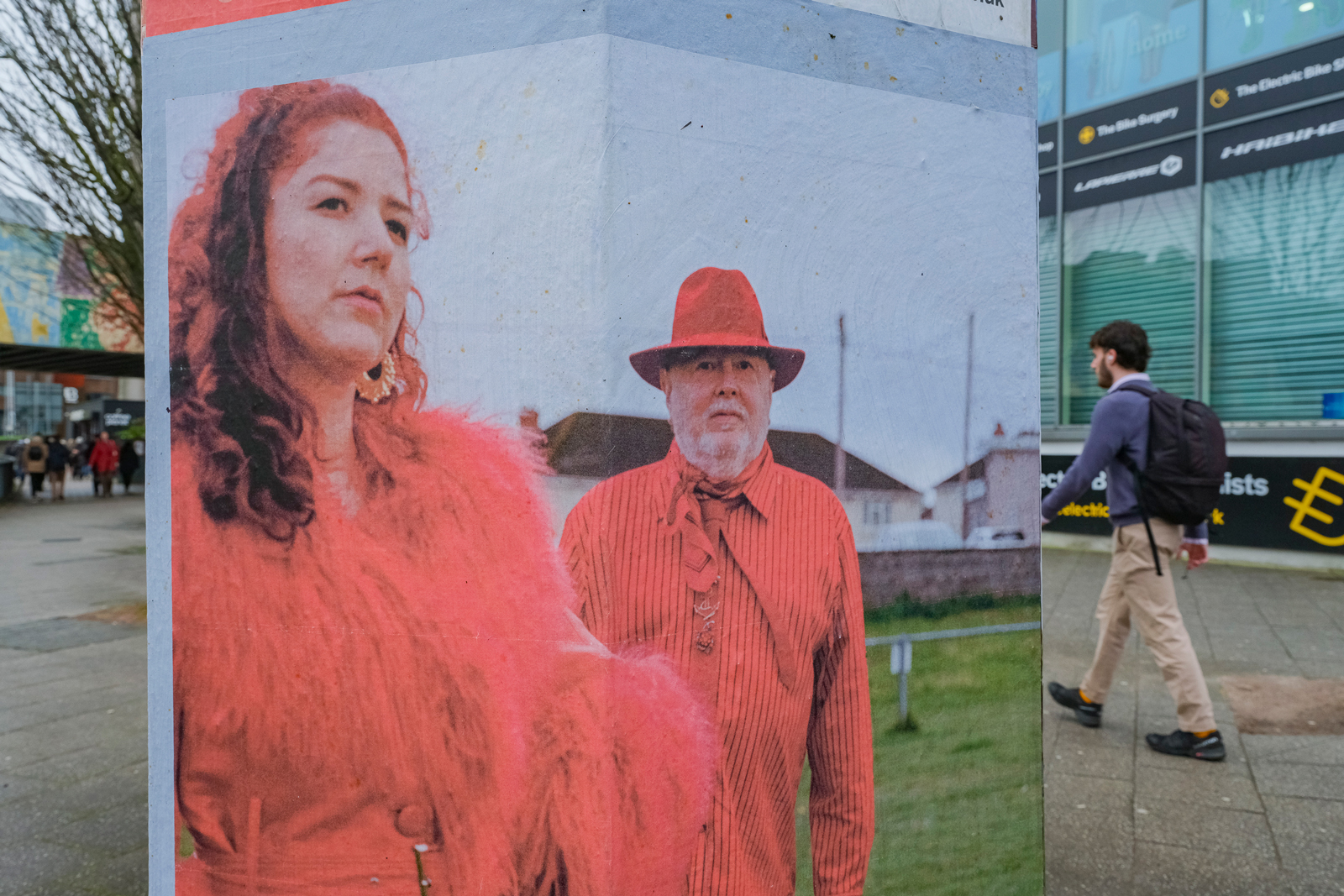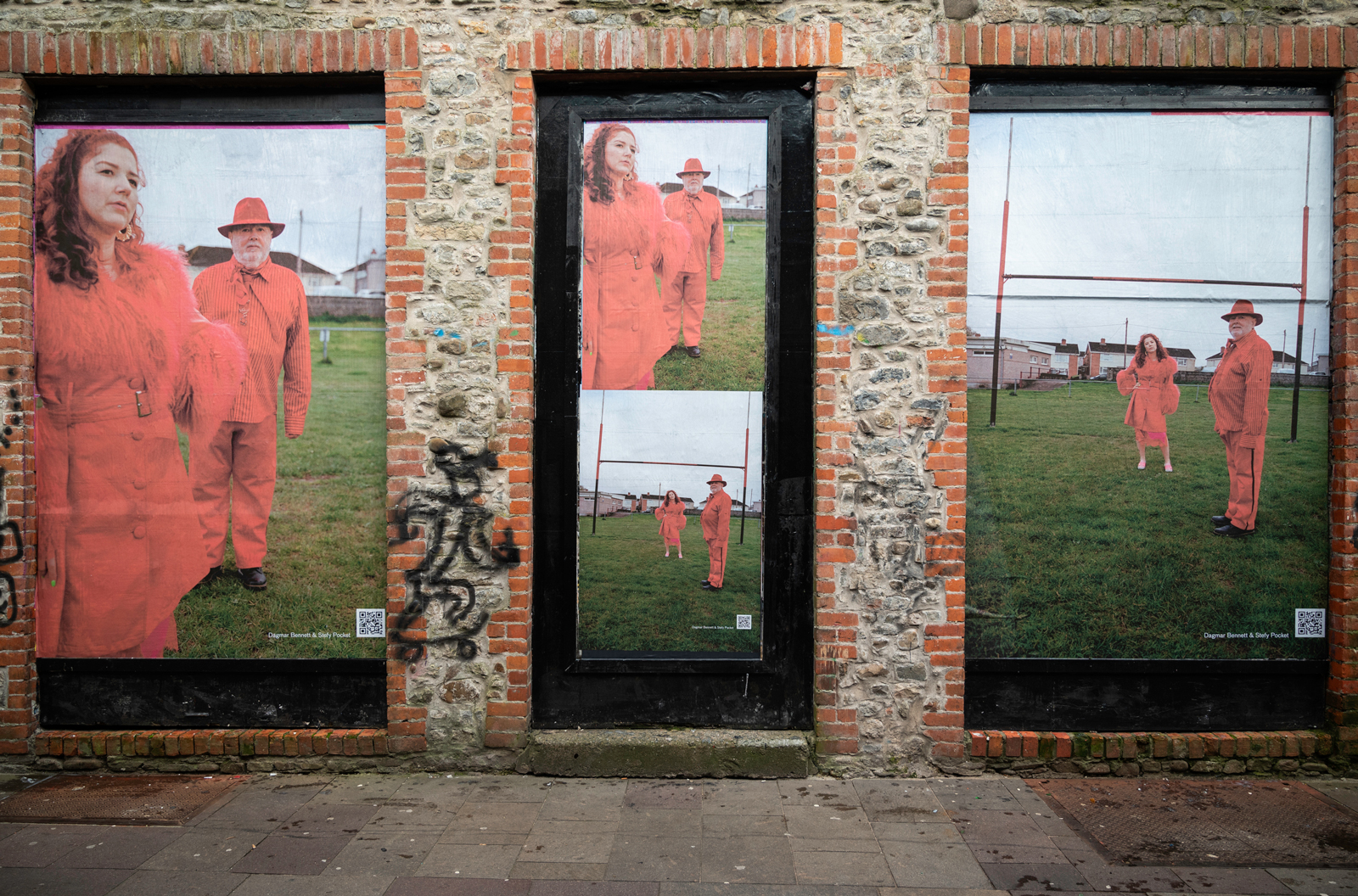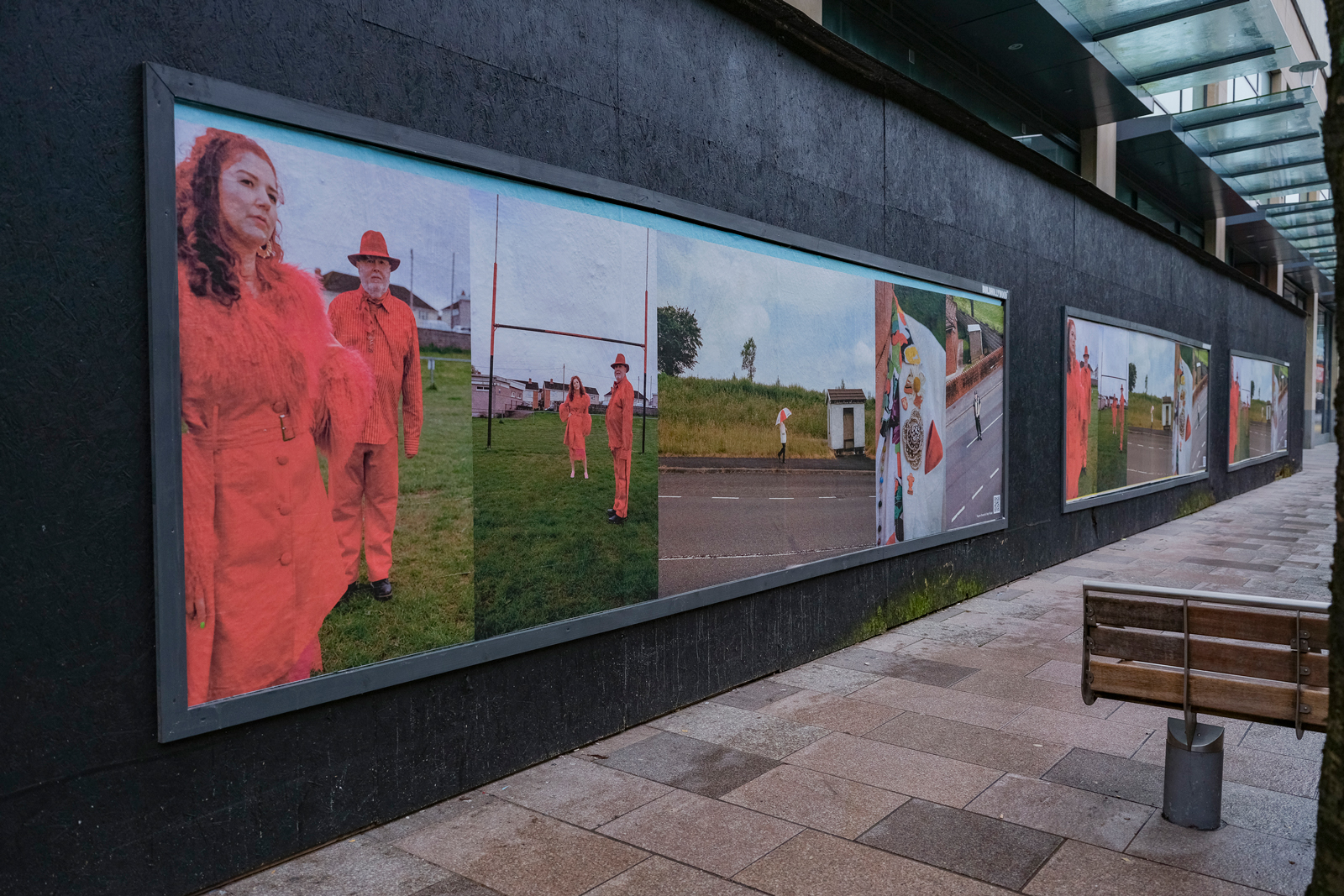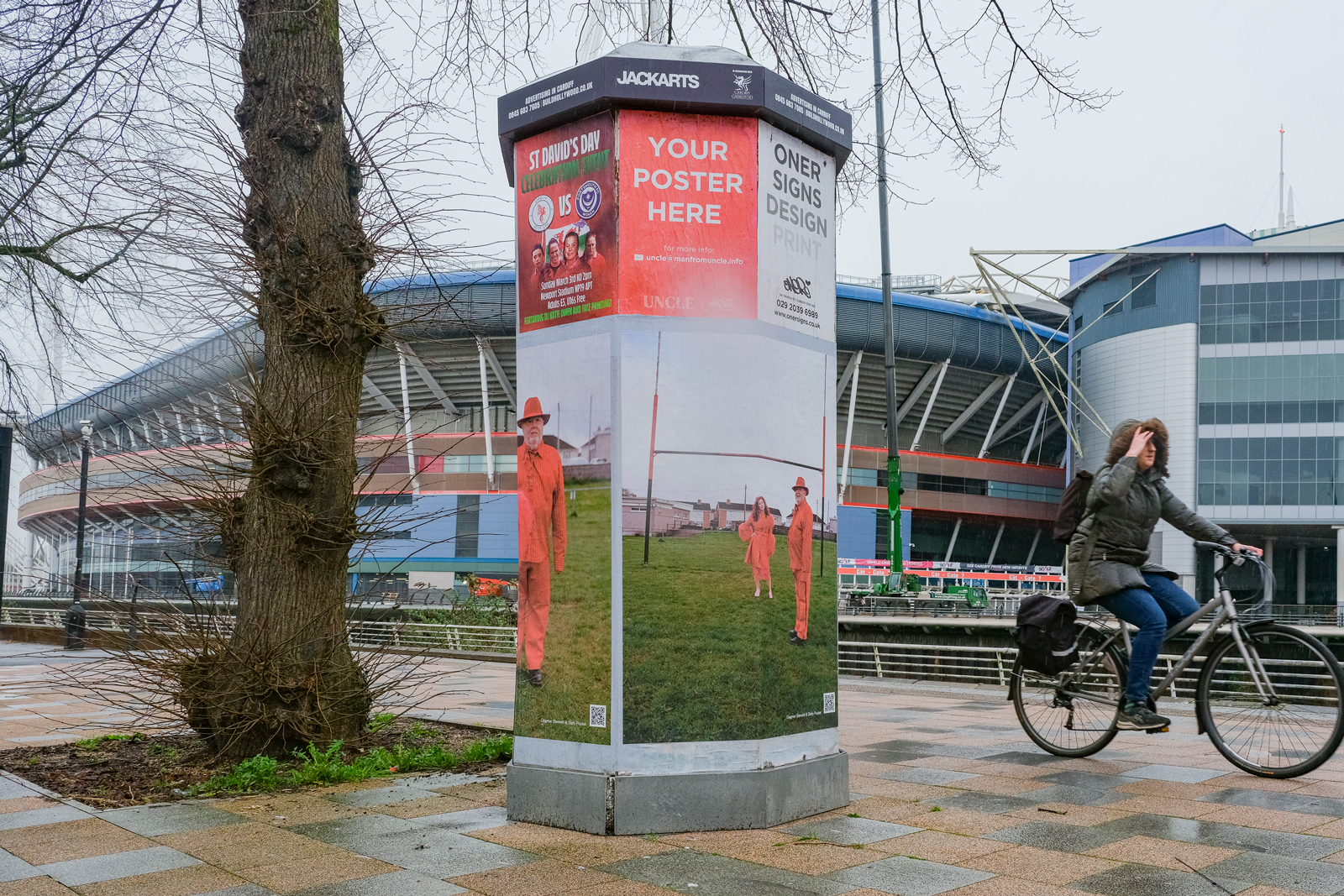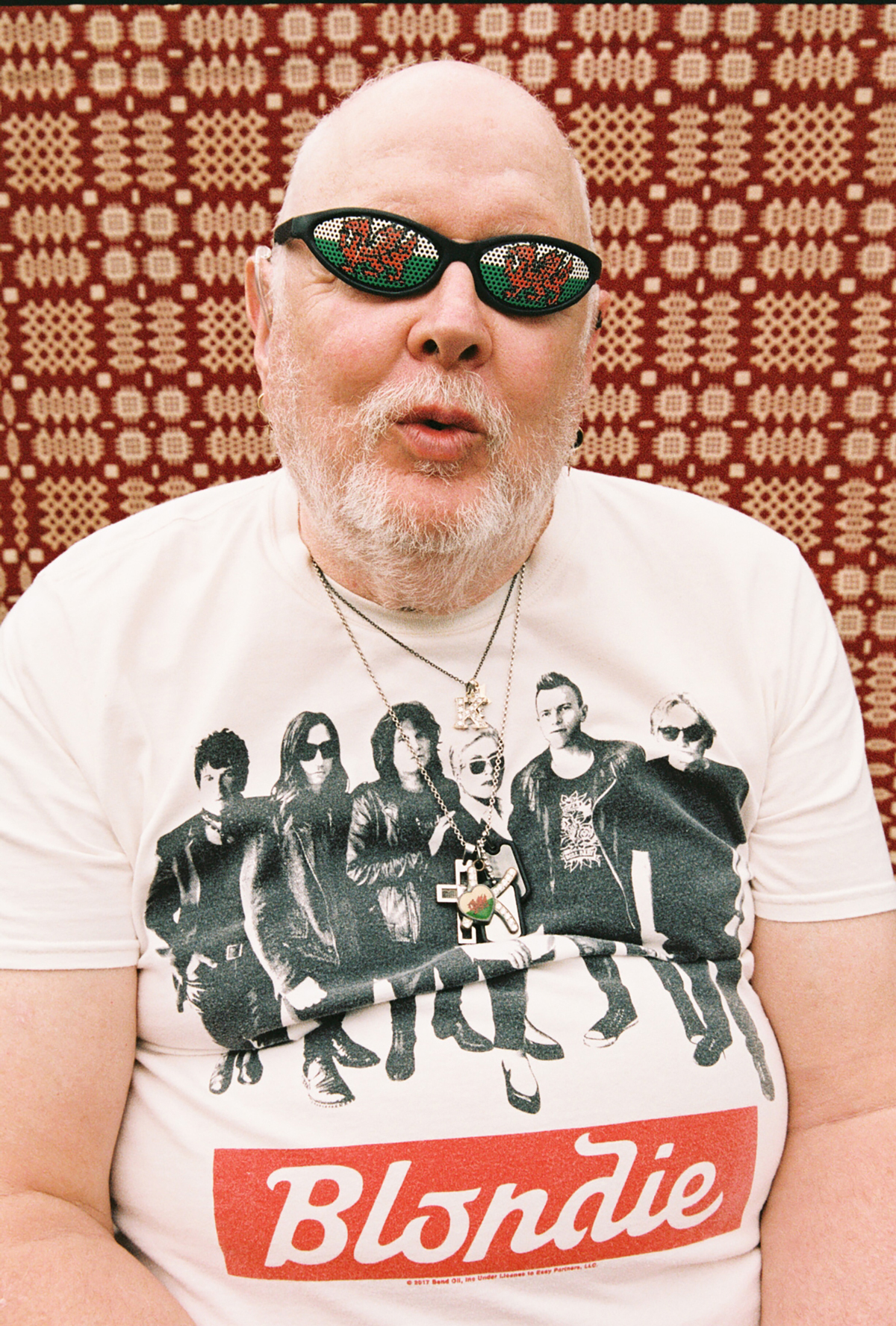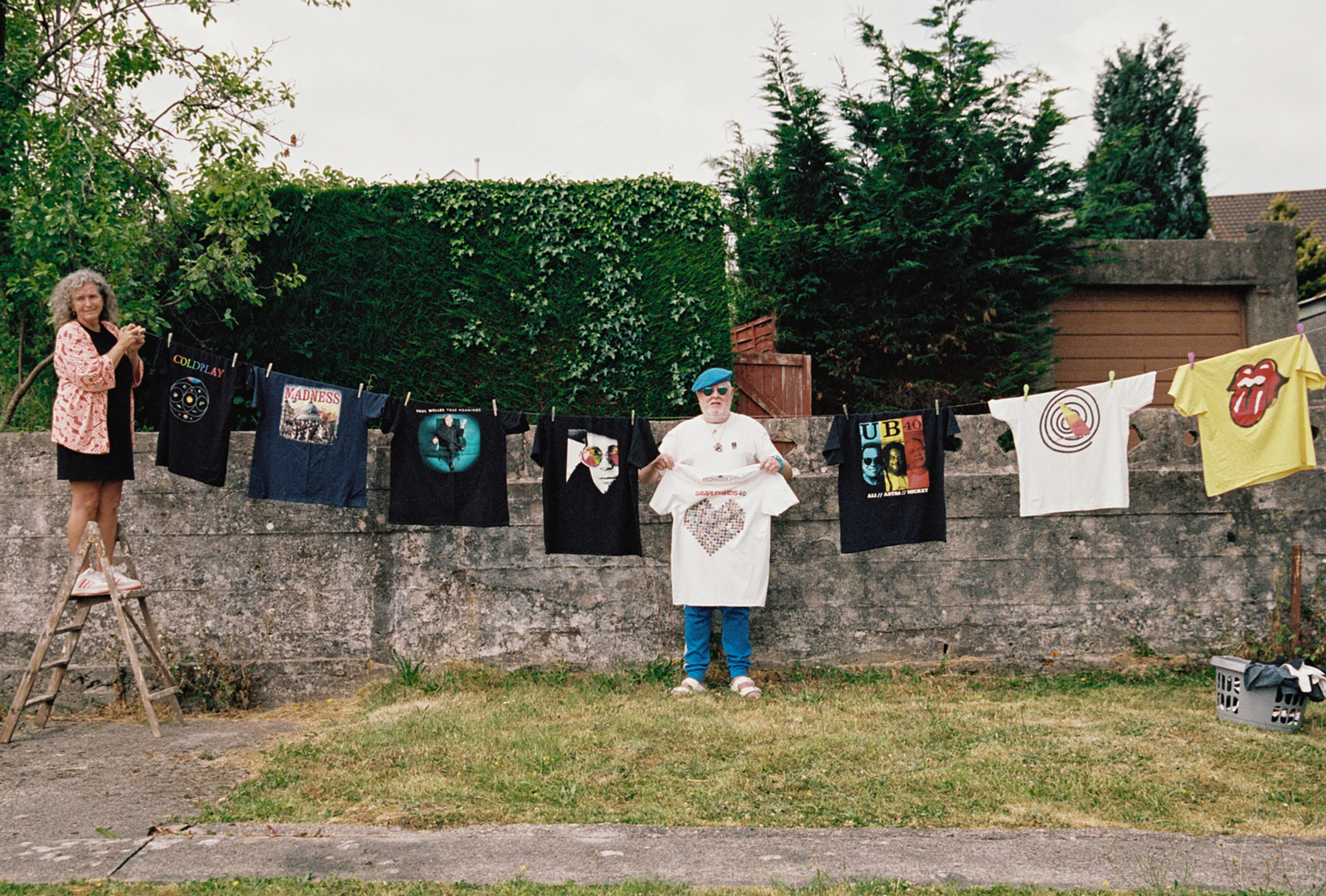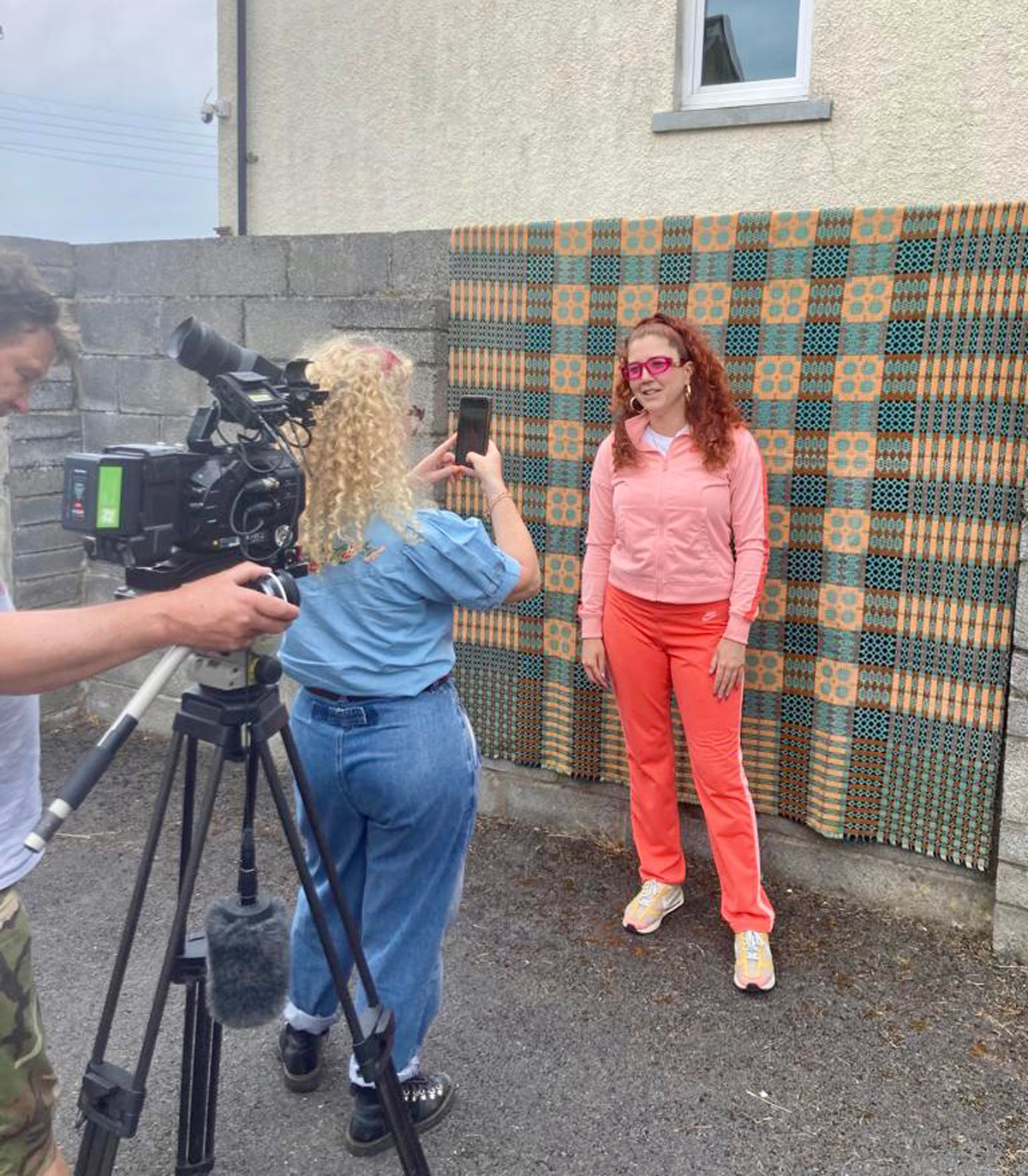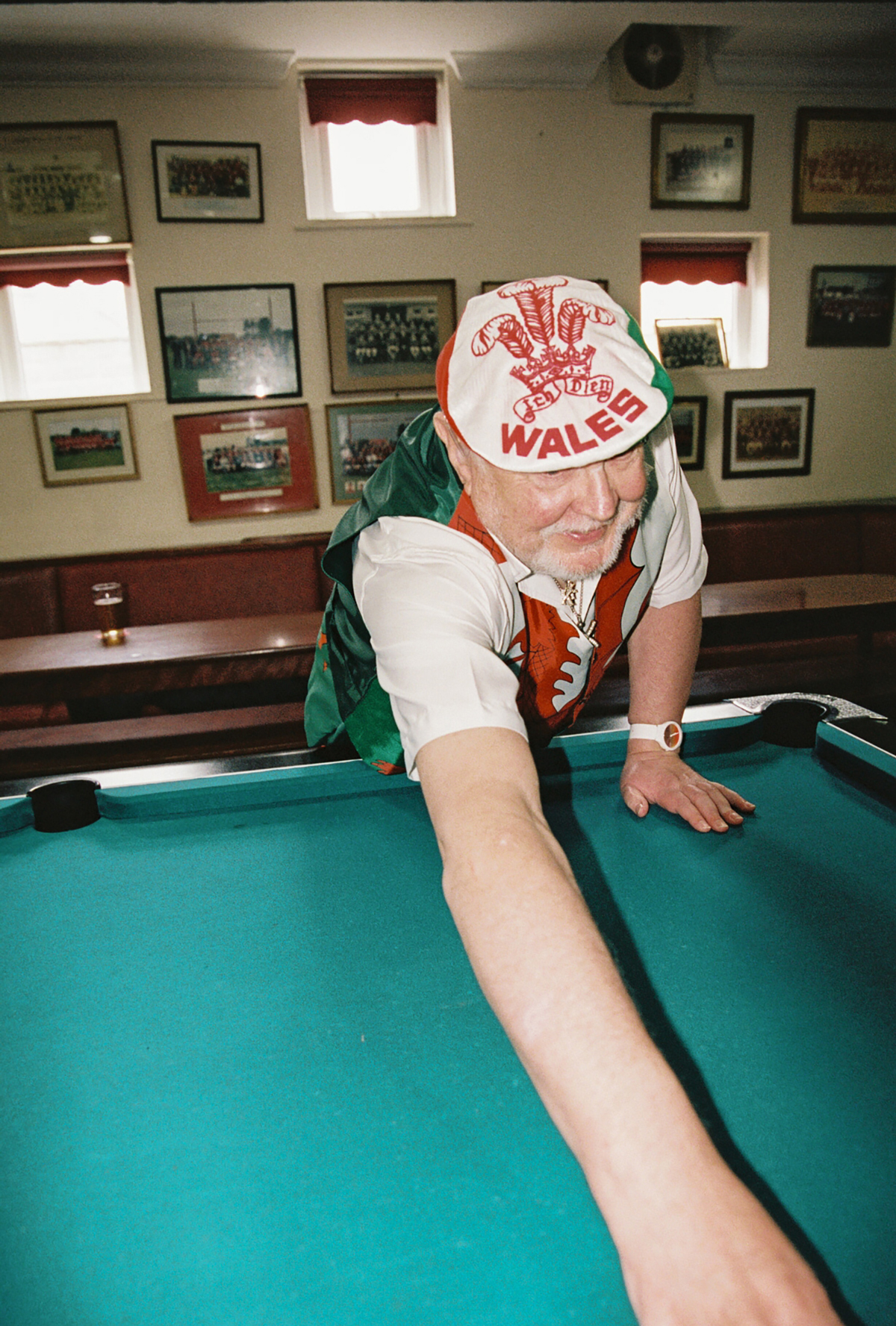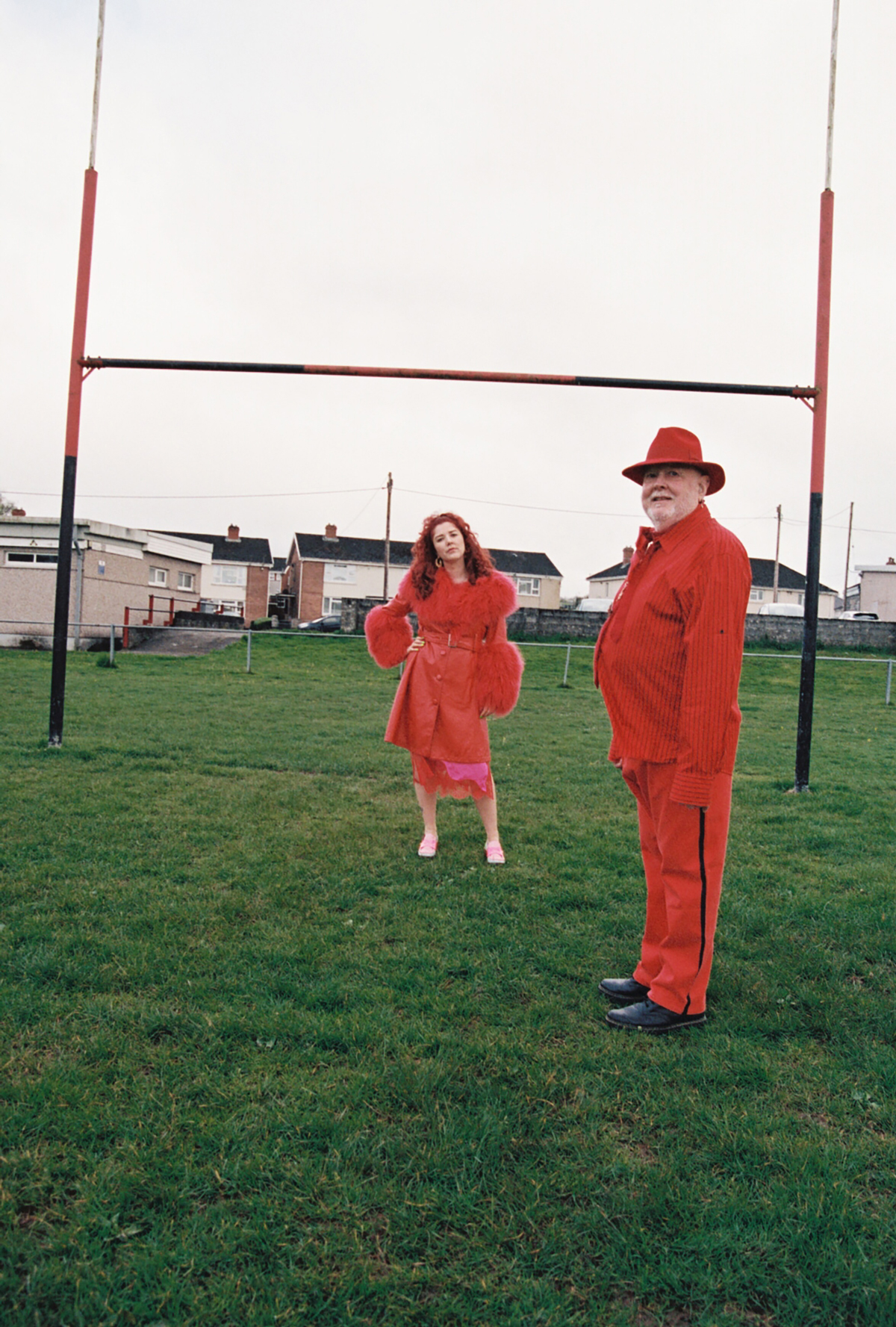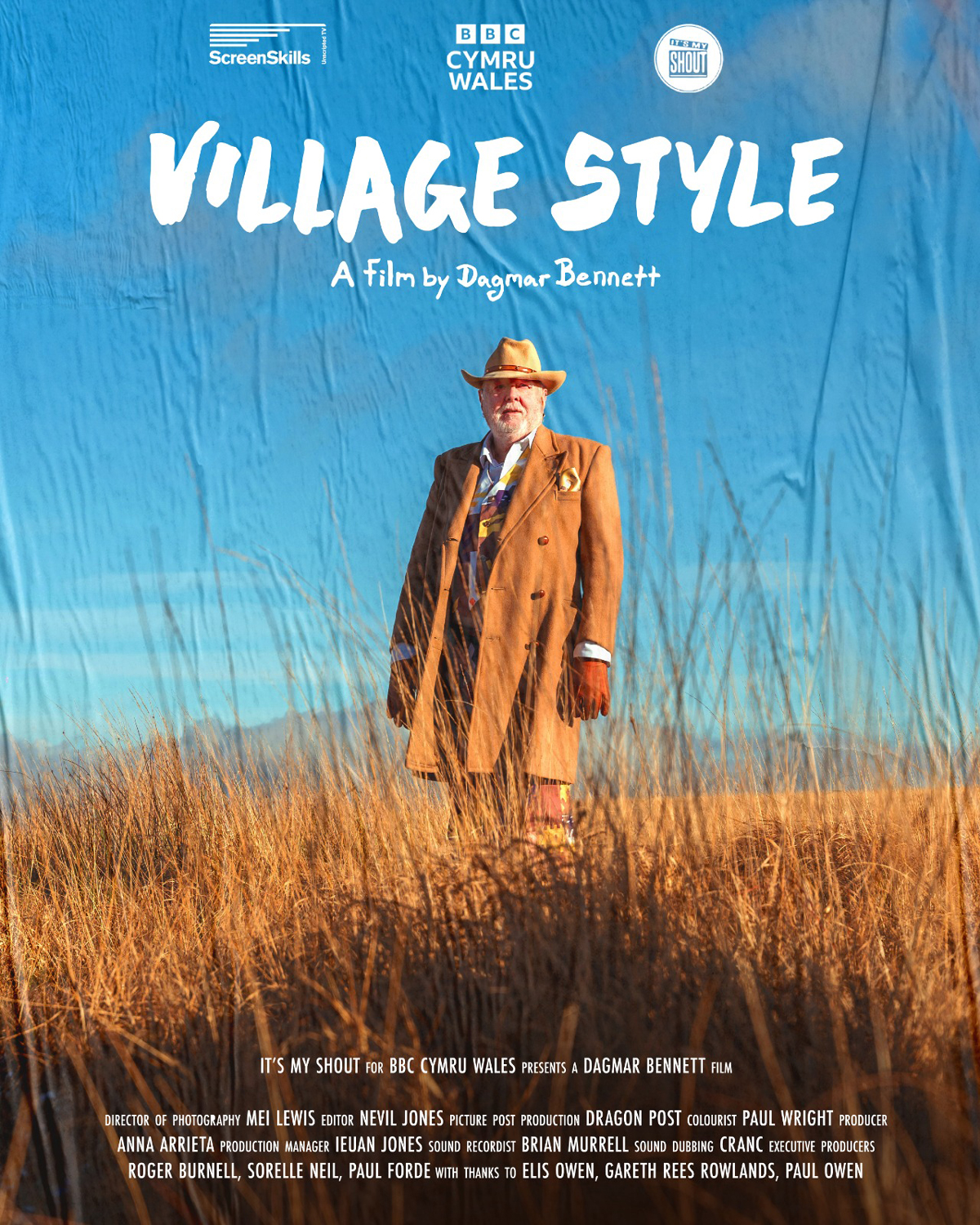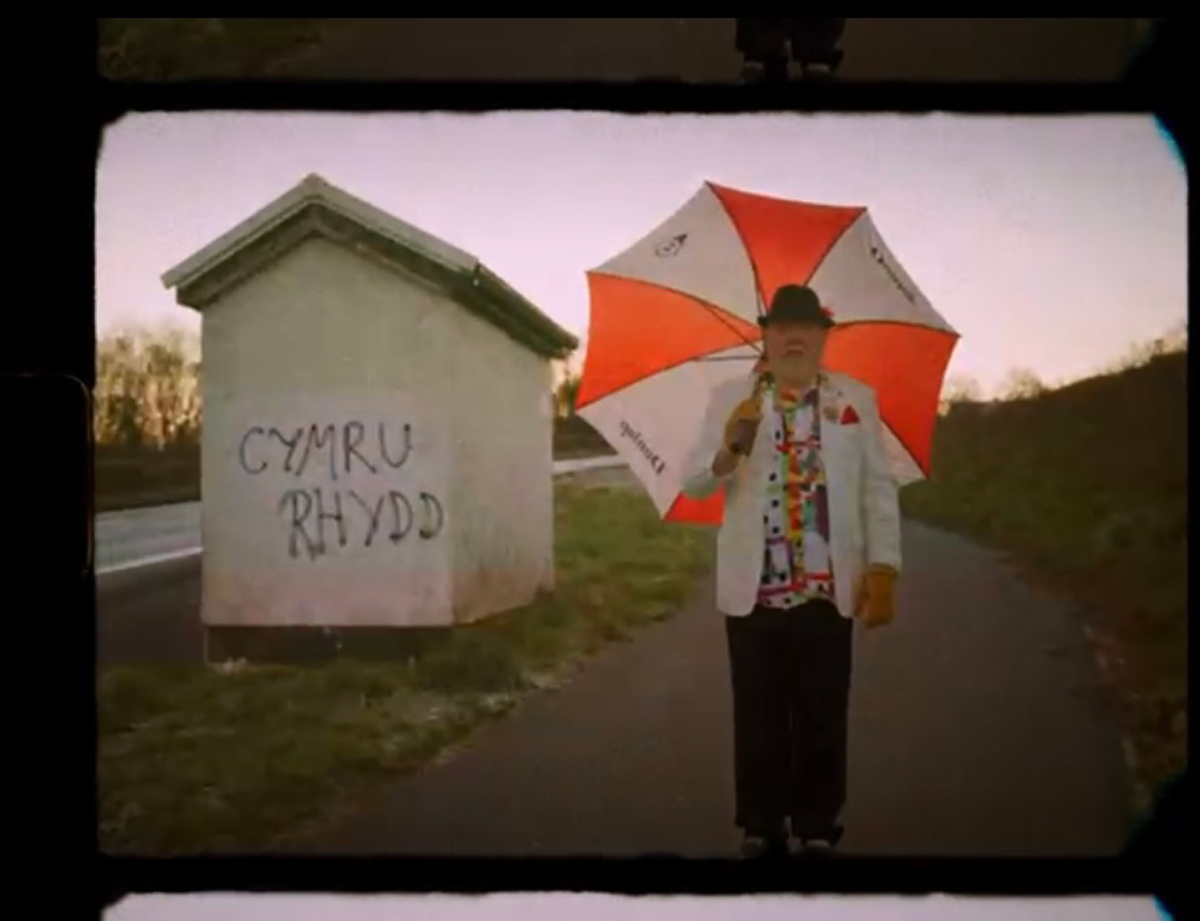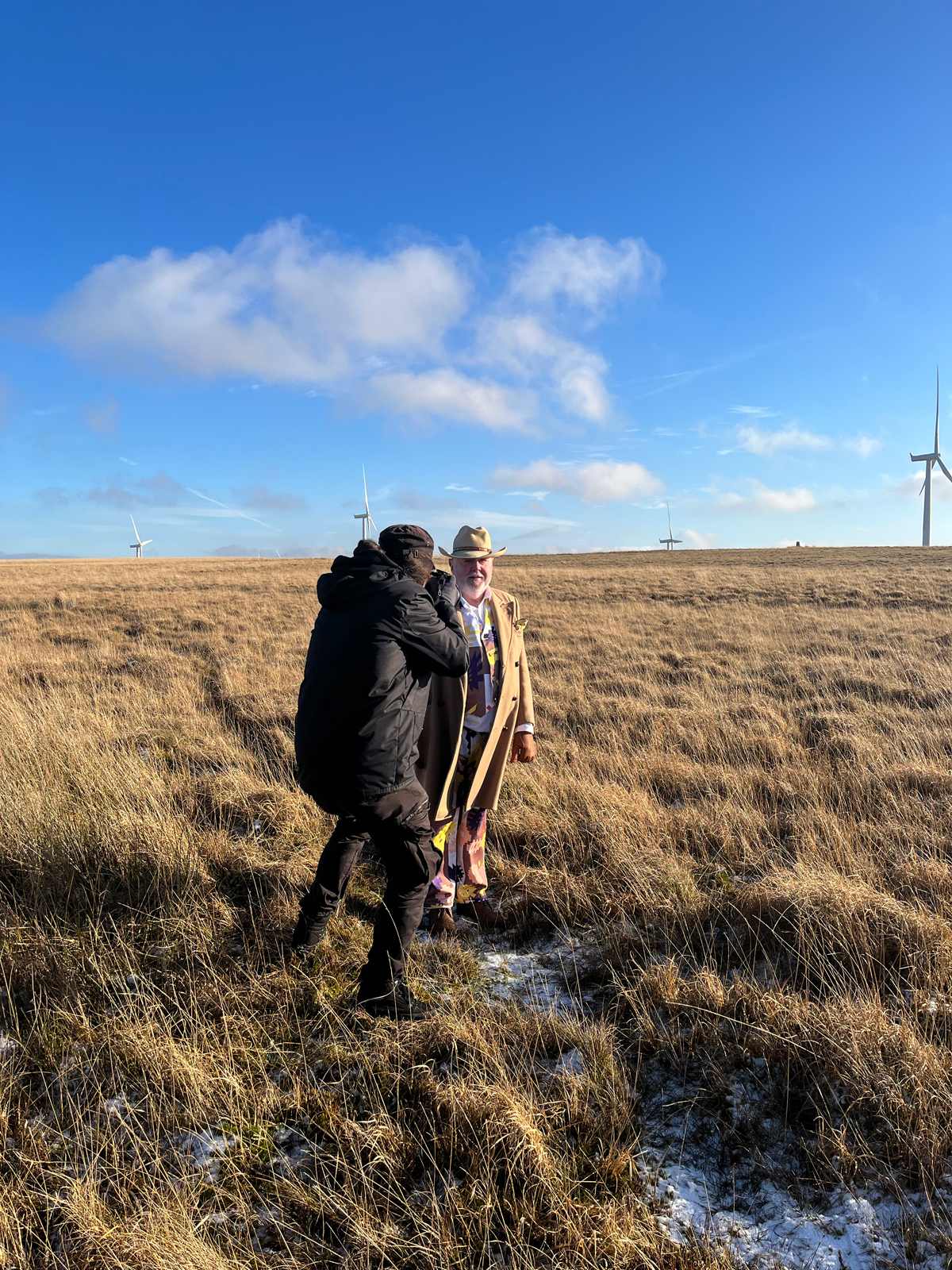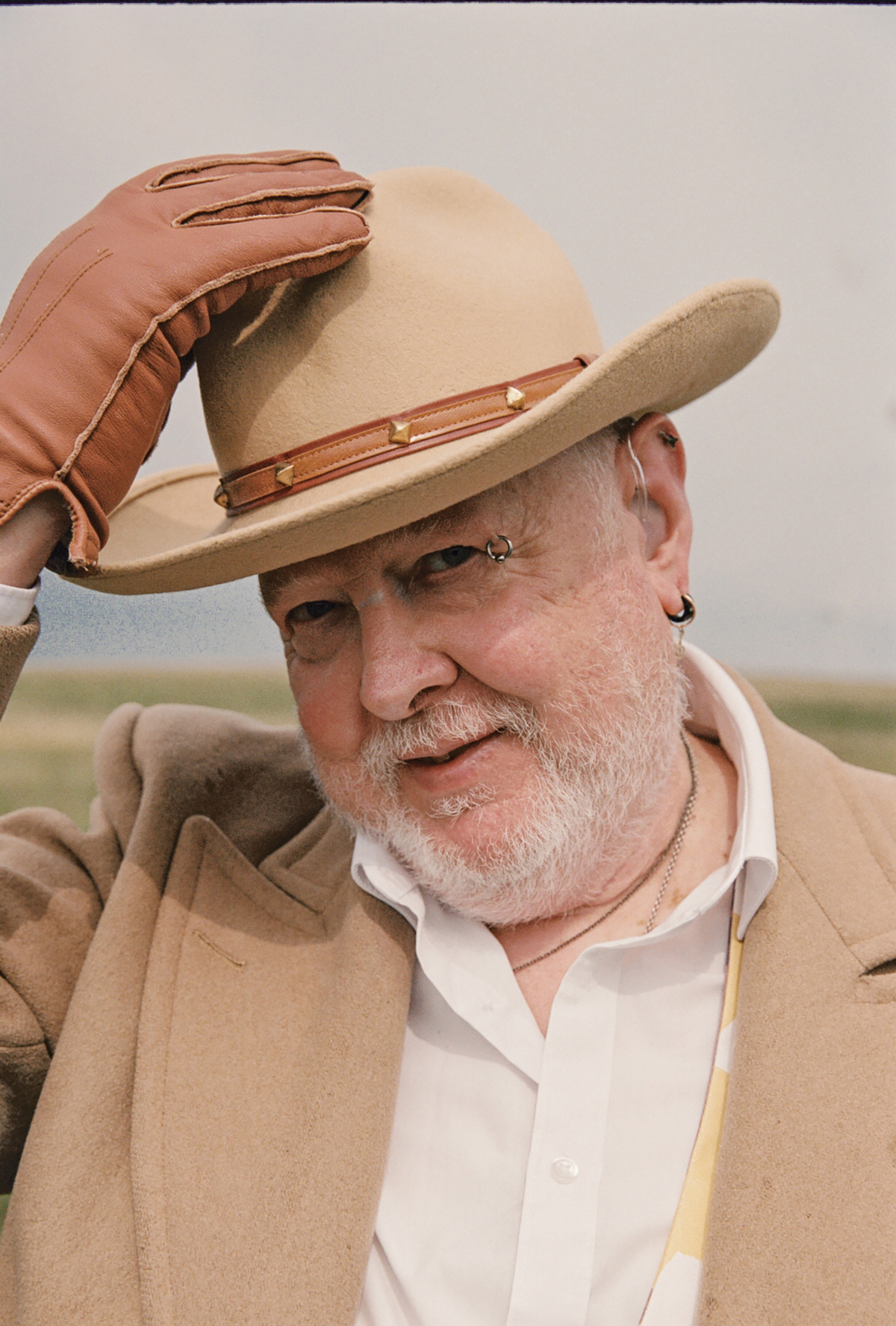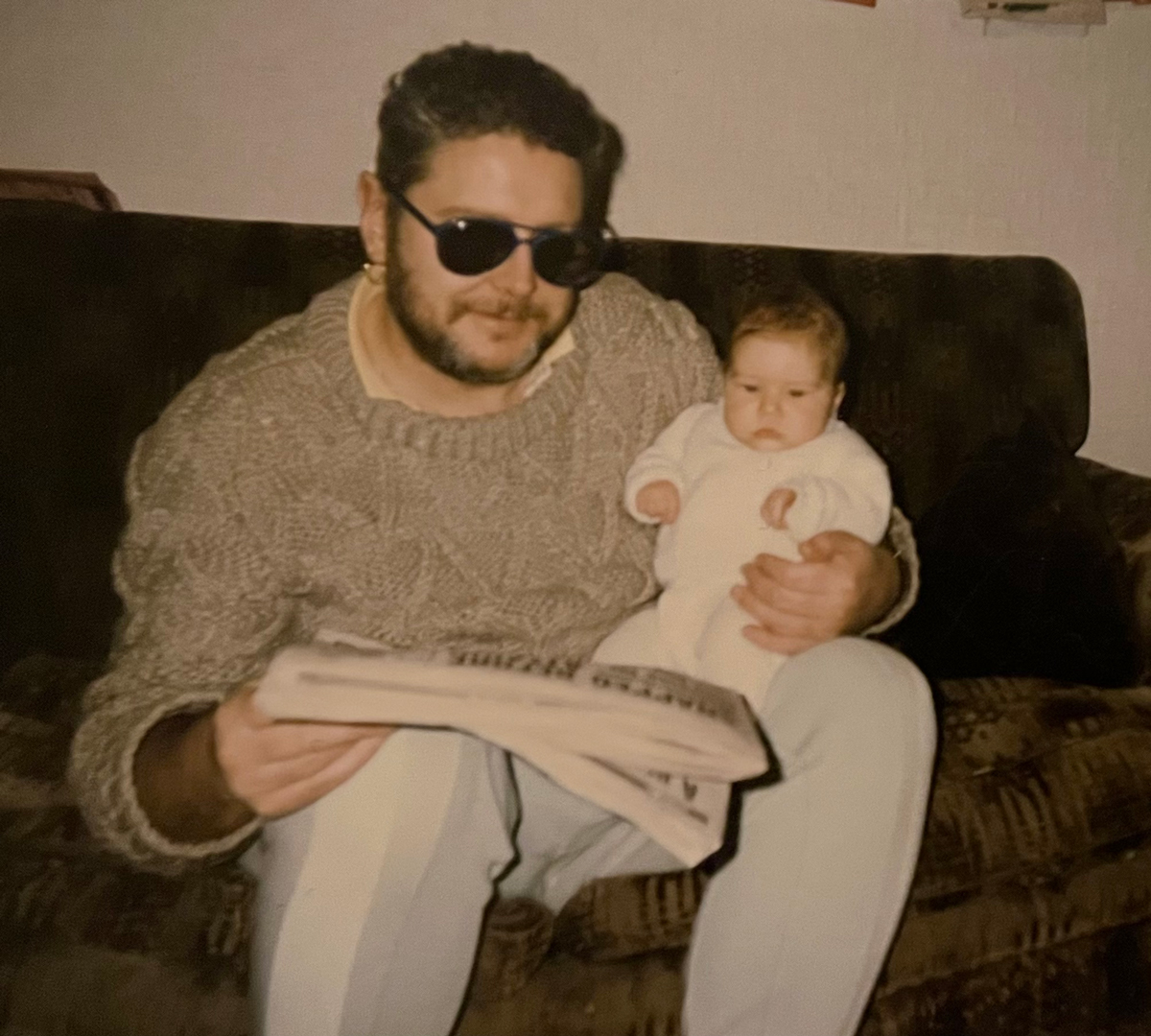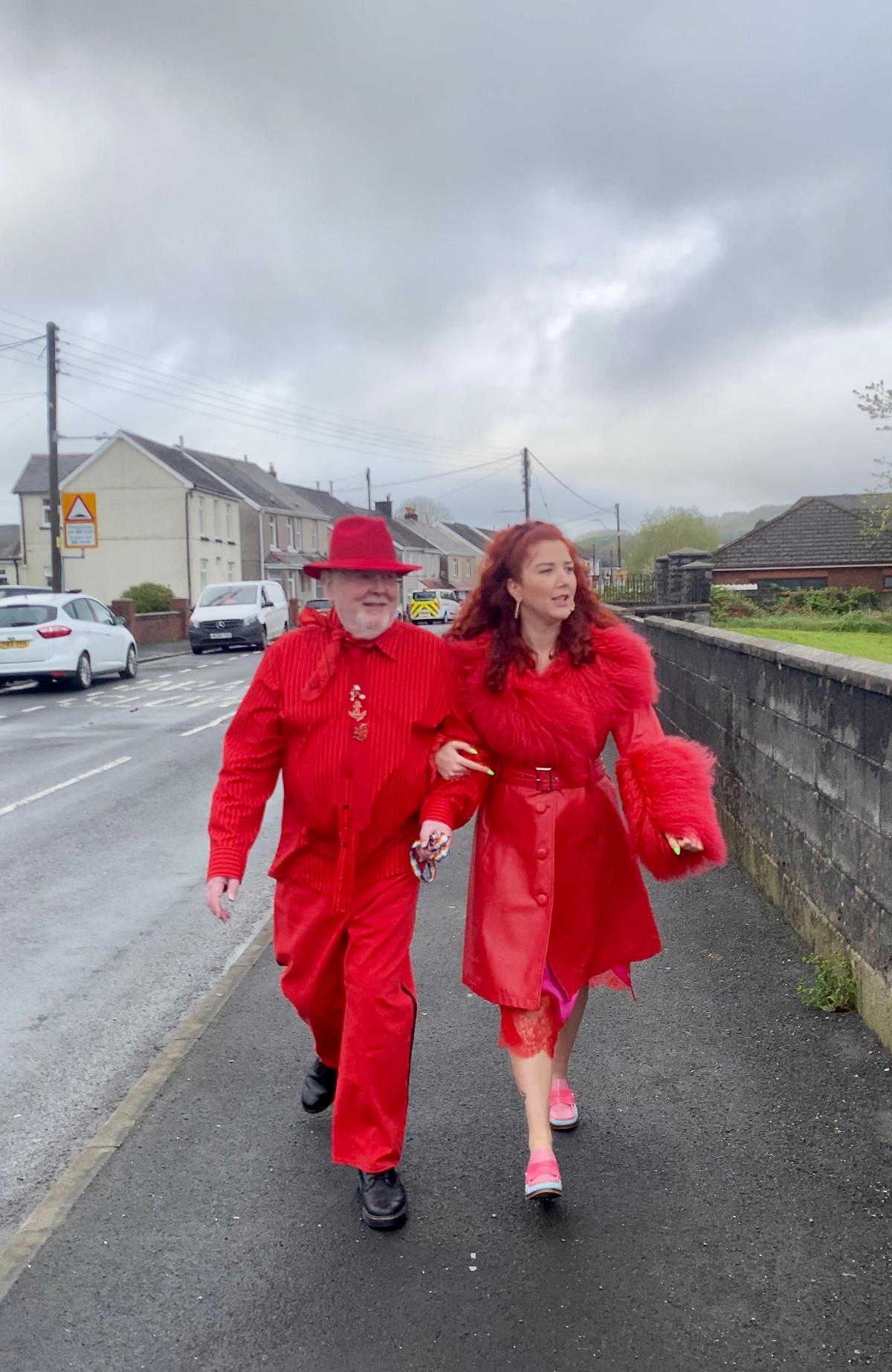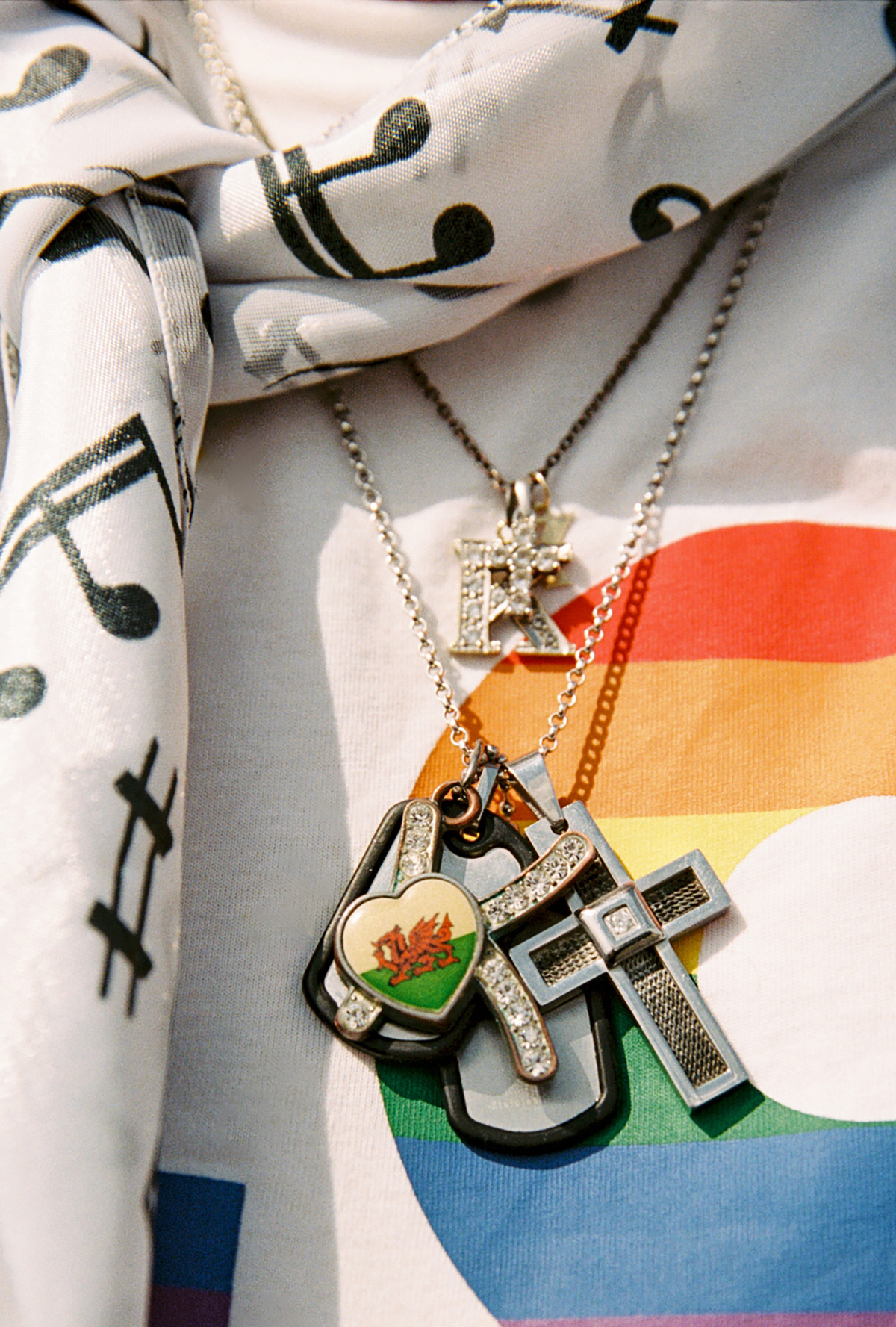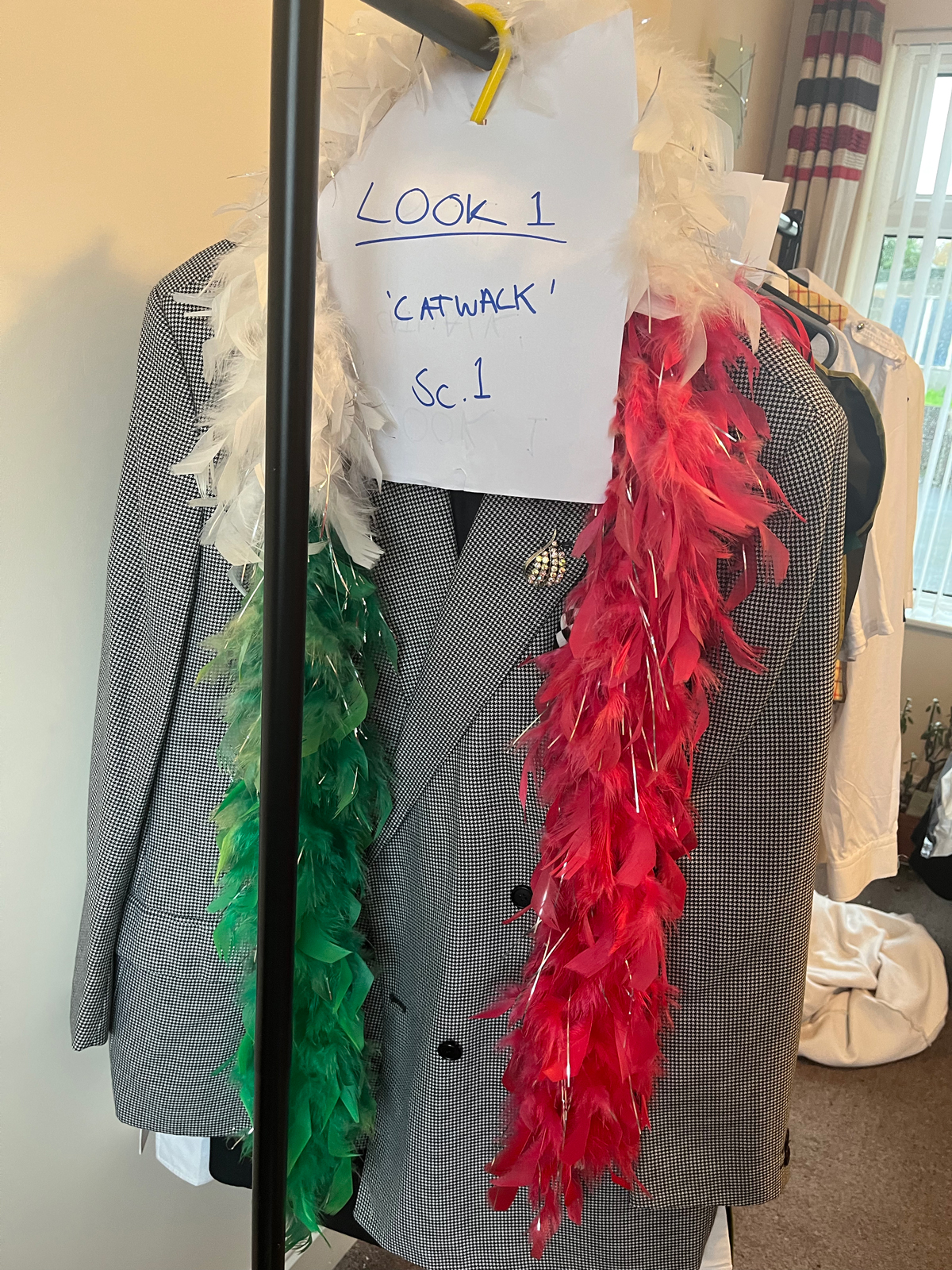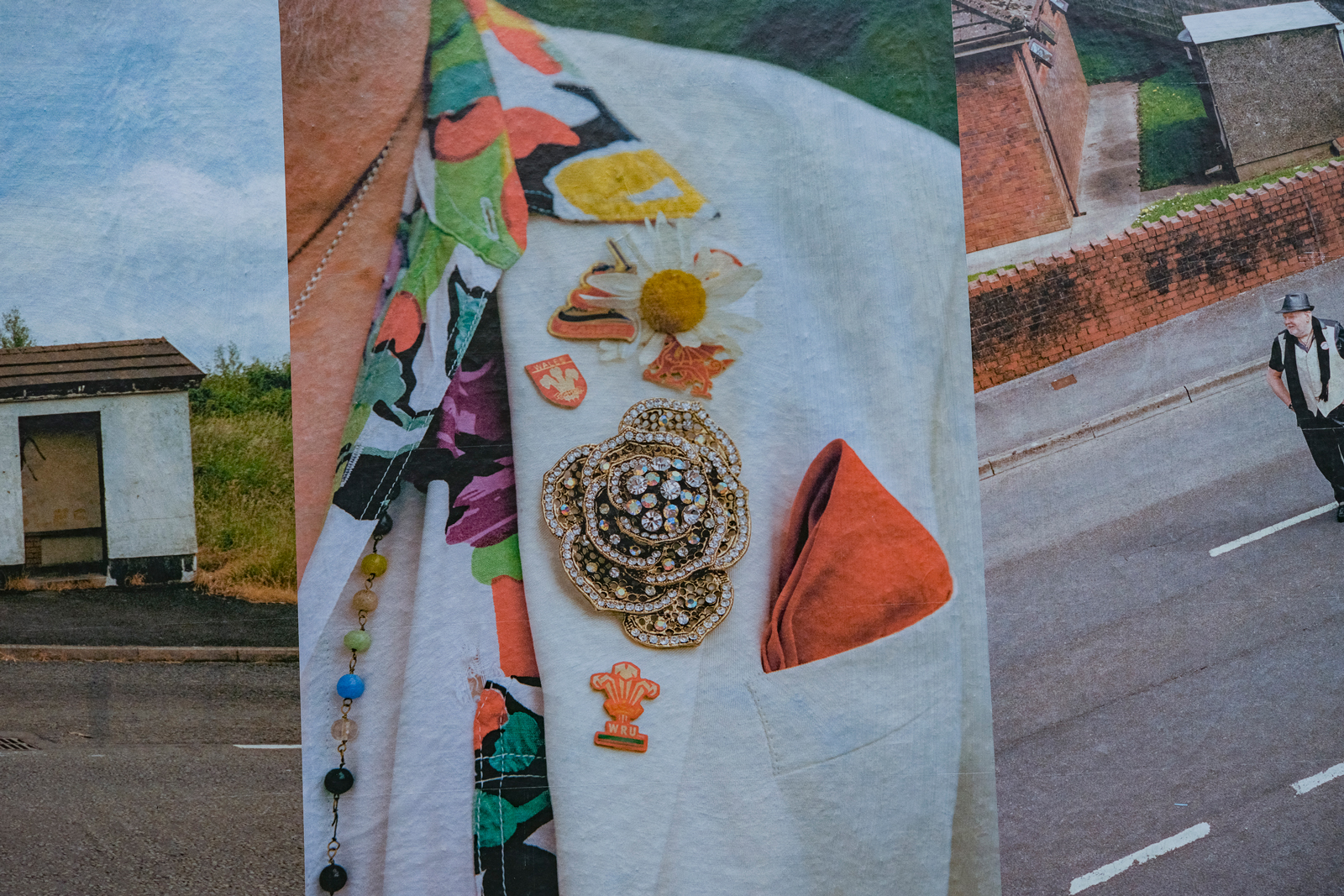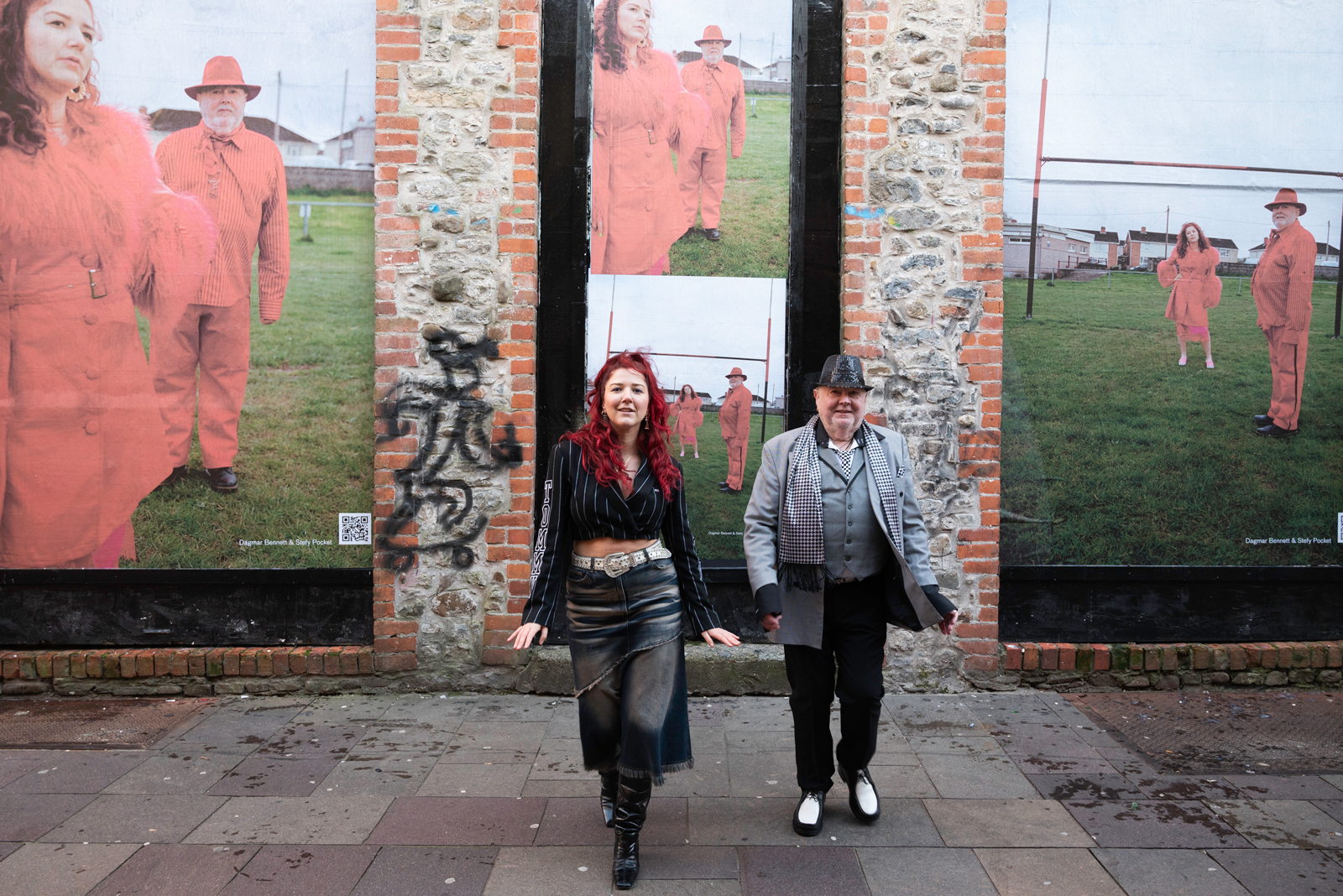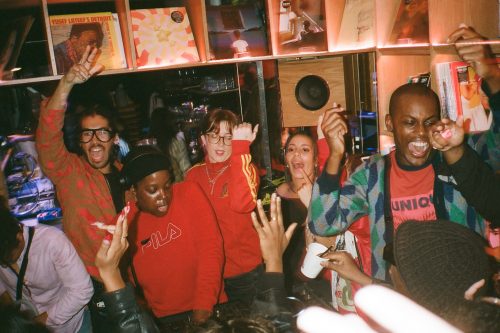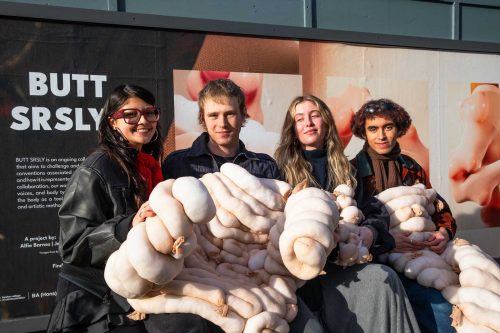Your Space Or Mine
Meet Uncle Keith: Where village glamour finds city streets
Dagmar Bennett’s Uncle Keith is a fervent step forward in aligning disability and difference with creative expression through clothes, an expansive editorial photo series capturing her uncle’s abundant wardrobe as a means of communication, conversation and human connection.
With a bunch of yellow daffodils sat obliquely in the corner of the screen, Dagmar Bennett’s Welsh identity extends well beyond her gentle accent and clear pride in her ancestry – she is at once an emblem of her country and a strident observer, having carefully documented her family in a recent BBC documentary aptly titled Village Style. Hailing from the very same rural village in south west Wales, Dagmar advocates for creativity borne from the Celtic nations; “an identity”, she says, “that sits a little different to a British or English identity”, as a country with its own native language, rich history, and vibrant future.
Having studied a technical arts degree funded by Madame Tussauds at UAL, Dagmar began her film career by exploring figurative sculpture and life drawing with clay, creating a physical legacy for artists and activists challenging narratives and stigmas in human difference. Dagmar’s early sculpture work led her to Adam Pearson, an actor, presenter, and campaigner with a keen interest in how we can tackle disability hate crime as someone with Neurofibromatosis Type 1, a genetic condition that causes excess body tissue to grow predominately on his face. Adam and Dagmar struck up a fond friendship, and went on to collaborate on a sculpture of Adam’s face that uses art as a medium of capturing his identity beyond disfigurement.
21.02.24
Words by


